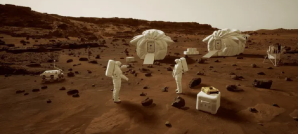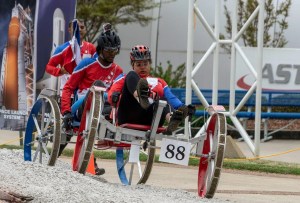Going Beyond the Challenge for New and Continued Success
NASA’s Space Technology Mission Directorate connects the public to the agency’s missions and explores creative possibilities for addressing the agency’s research and technology development needs through prizes, challenges, and crowdsourcing opportunities. These challenges bridge NASA’s institutional expertise with the ingenuity of industry experts, universities, and the public at large, resulting in collaborations that help advance […]
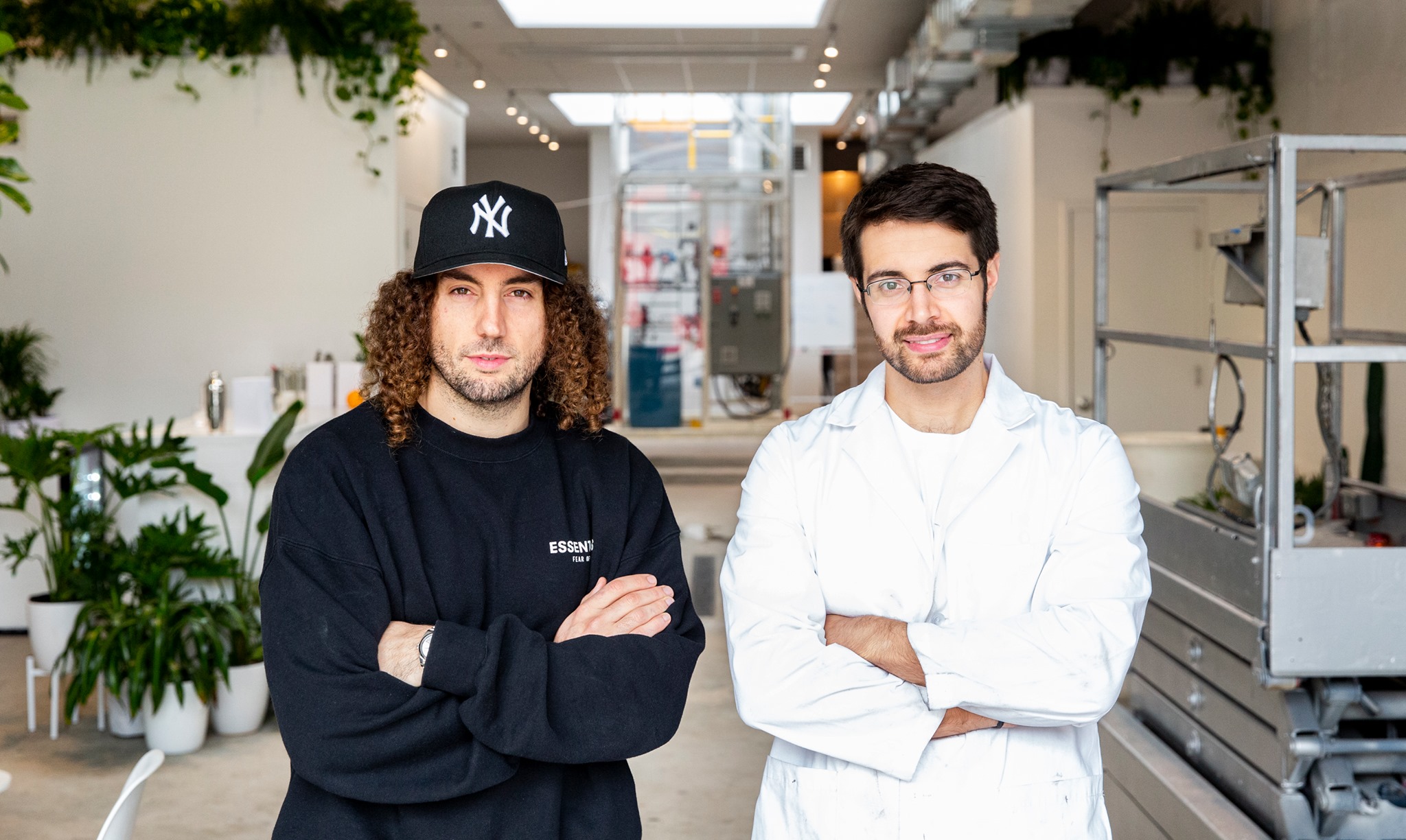
NASA’s Space Technology Mission Directorate connects the public to the agency’s missions and explores creative possibilities for addressing the agency’s research and technology development needs through prizes, challenges, and crowdsourcing opportunities. These challenges bridge NASA’s institutional expertise with the ingenuity of industry experts, universities, and the public at large, resulting in collaborations that help advance space technology solutions. For many solvers, success doesn’t stop when the NASA challenge ends. Past participants have gone on to work with NASA in other ways and take their technology to new heights in the commercial sector.
Commercializing Challenge-Supported CO2 Technology
Air Company of Brooklyn, New York, was one of three teams to win the final round of NASA’s CO2 Conversion Challenge, which concluded in August 2021. This challenge asked the public to develop ways to convert carbon dioxide (CO2), an abundant resource on Mars, into sugar, which could be used by astronauts to make products including plastics, adhesives, fuels, food, and medicine. Air Company received a $700,000 award in the final phase of the competition for its thermochemical sugar production. First, CO2 and hydrogen are combined to make methanol, then hydrogen is removed to turn methanol into formaldehyde. The third chemical reaction produces a simple sugar called D-glucose.
Since participating in the CO2 Conversion Challenge, Air Company has commercialized its CO2-converting technology in unique ways, producing hand sanitizer, fragrance oil, and even vodka. The CO2 used is sourced from biogenic emissions – mitigating emissions that are released into the atmosphere from ethanol fermentation facilities.1 The company has also gone on to compete in NASA’s Deep Space Food Challenge and developed a system and processes for turning air, water, electricity, and yeast into food. In May 2023, Air Company was named a winner in Phase 2 of the challenge, receiving a $150,000 prize from NASA and a chance to compete in Phase 3 for a grand prize of $750,000 from a total prize purse of up to $1.5 million.
Cross-Program Competitors Advance Lunar Power Solutions
Astrobotic Technology, a small business based in Pittsburgh, was named a grand prize winner of Phase 1 of NASA’s Watts on the Moon Challenge in May 2021. The company is no stranger to NASA – in fact, John Thornton, CEO of Astrobotic, credits early NASA Small Business Innovation Research (SBIR) funding as “the lifeblood of the company,” starting with its first award in 2009. Astrobotic has also received funding from NASA’s Tipping Point program and was selected to deliver scientific and technology payloads to the Moon as part of the agency’s Commercial Lunar Payloads Services (CLPS) initiative.
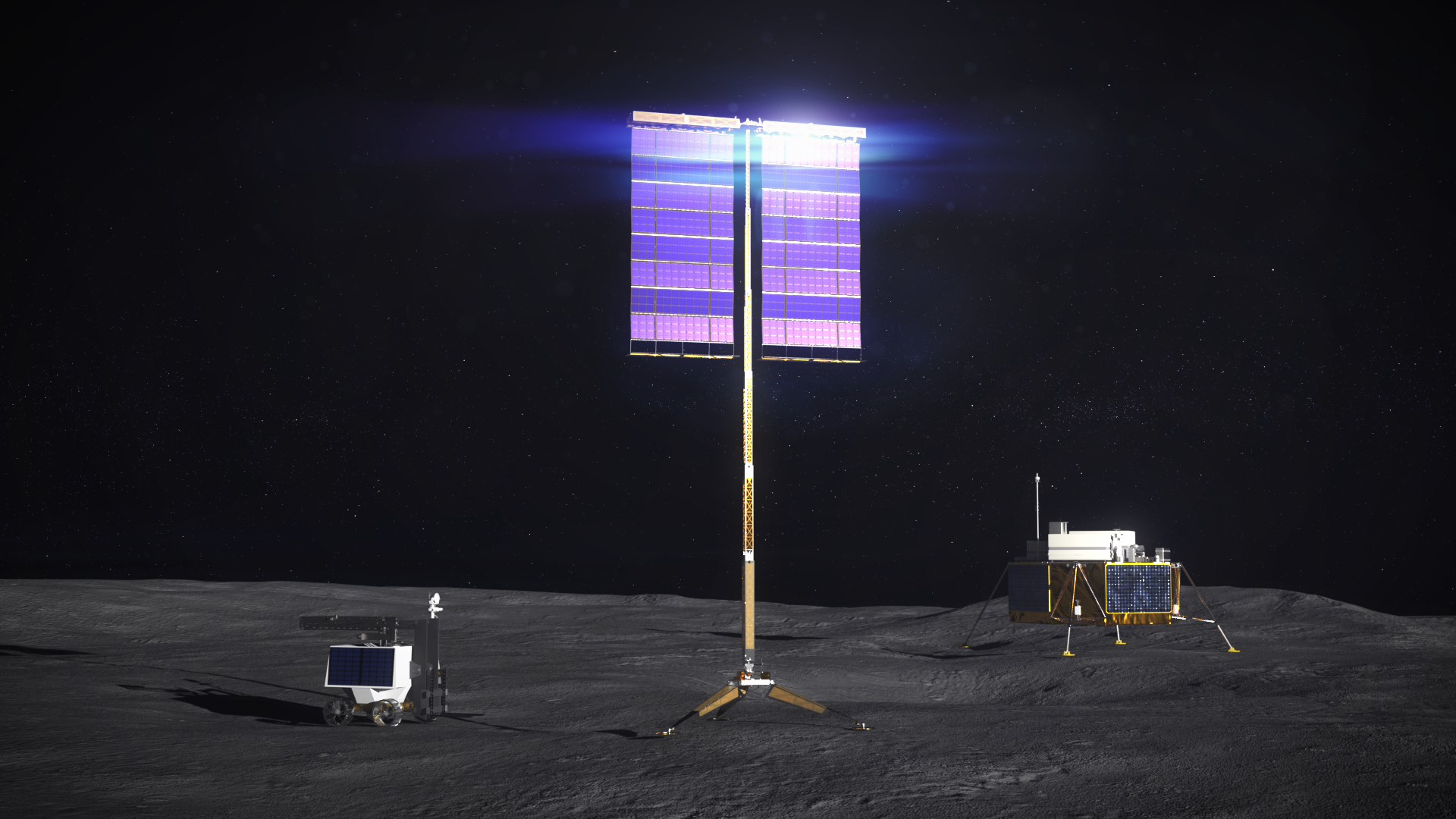
For the Watts on the Moon Challenge, teams were asked to submit ideas for up to three parts of a hypothetical mission scenario: generating power from a plant to harvest water and oxygen from a dark crater on the Moon’s South Pole. Astrobotic received the grand prize in response to the first part of the scenario, proposing a fleet of small rovers that transport power cables between the solar array power source and the rover that operates inside the crater. The team also received a prize for collaborating with Montreal startup Eternal Light Photonics Corp. for a wireless mobile power beaming solution.
According to Astrobotic, the prizes contribute to the company’s development of lunar surface power infrastructure.2 In August 2022, the company was selected by NASA to receive $6.2 million to help advance Vertical Solary Array Technology (VSAT) under the agency’s Game Changing Development program.3
Printing Homes for Extraterrestrial Lands and on Earth
In November 2022, small business ICON, based in Austin, Texas, received a $57.2 million contract from NASA to develop construction technologies that could support infrastructure such as landing pads, habitats, and roads on the Moon. This effort supports NASA’s Moon to Mars Planetary Autonomous Construction Technologies (MMPACT) project. Preceding this, the company participated in NASA’s 3D-Printed Habitat Challenge, which ran from 2015 to 2019. This challenge asked competitors to design, develop, and test several areas of 3D printing that could contribute to potential human shelter on Mars. ICON partnered with the Colorado School of Mines in Phase 3: Level 1 of the challenge. The team was named a top ten finalist for their digital representation of a house on Mars using building information modeling software tools.
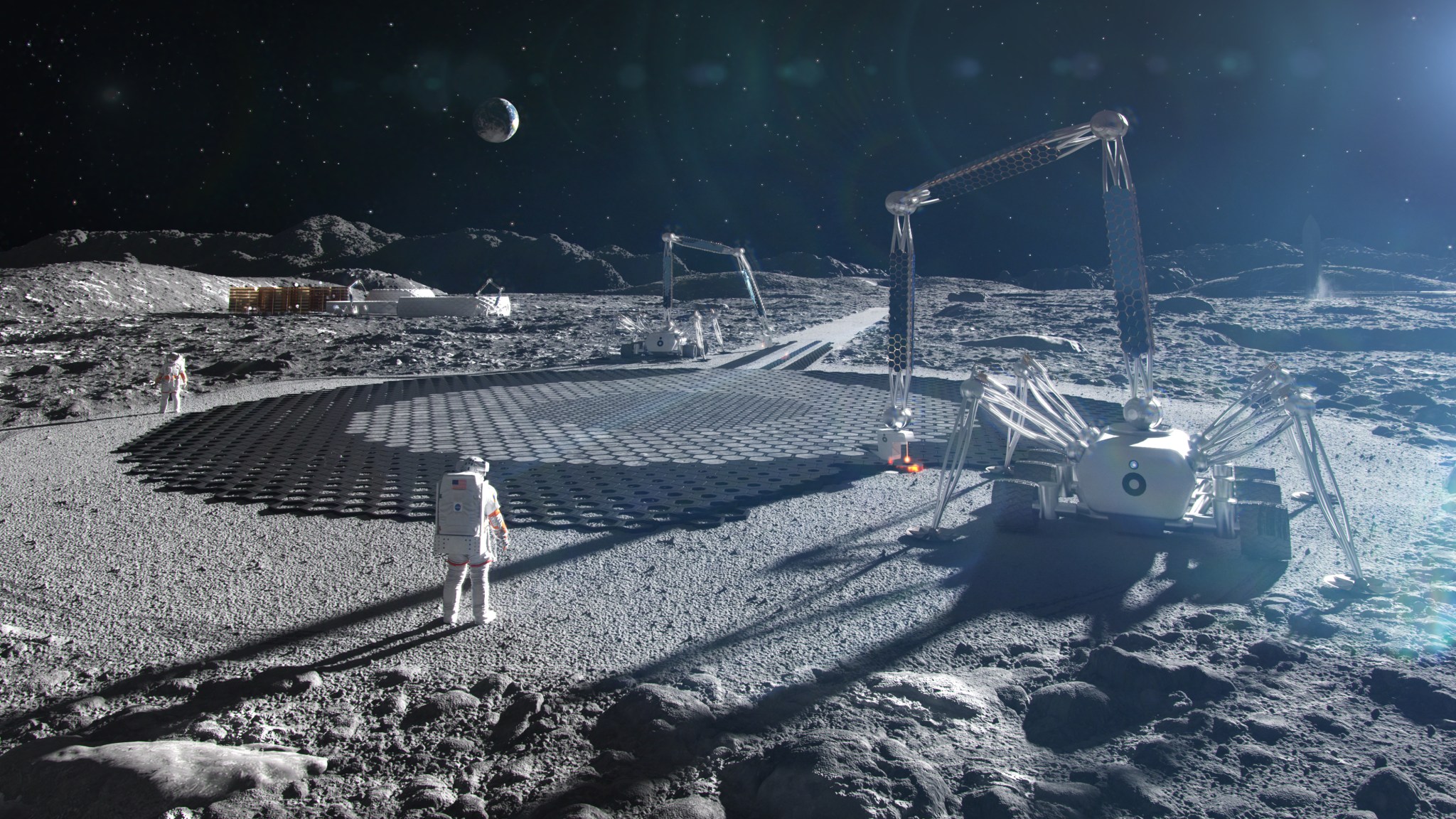
The technology ICON initially developed through the NASA challenge has helped pave several paths for the company. In addition to designing extraterrestrial infrastructure, ICON also impacts global housing by constructing 3D printed homes on Earth. The company created the first 3D printed community of homes in Nacajuca, Mexico.4 Taking its challenge journey full circle, ICON has also released its own global architecture competition open to the public.
Global Participation Leads to Mini Rover Missions
Based in Budapest, Hungary, Puli Space Technologies is an example of the global collaboration that is possible through prize, challenge, and crowdsourcing opportunities. In 2020, the company participated in the Honey, I Shrunk the NASA Payload competition, which sought designs for miniature science instruments – about the size of a bar of soap – that could help scout the lunar surface, collecting key information about the Moon, its resources, and the environment. The challenge was sponsored by NASA’s Lunar Surface Innovation Initiative to cultivate new ideas, spur innovation and enhance the development of capabilities for exploration of the lunar surface. The challenge received 132 entries from 29 countries. Puli Space won first prize in the first iteration of the challenge for its conceptual Puli Lunar Water Snooper (PLWS) to identify hydrogen and all hydrogen-bearing volatiles, like water-ice, on the Moon.
Following the challenge, NASA released Honey, I Shrunk the NASA Payload Challenge, the Sequel, a two-year challenge that asked teams to develop, build, and prototype their miniature rover payloads. Out of the 14 finalists from the original challenge, four teams were chosen to advance to stage 2 of the sequel challenge. As part of the challenge, NASA provided $675,000, which was split between the four teams to fund development. Puli Space placed second in the sequel challenge for developing PLWS. According to Puli Space CEO Tibor Pacher, the connections made in preparing for the challenge led to PLWS’s placement on at least two planned commercial Moon missions.5
Endnotes
[1] https://www.aircompany.com/
[2] https://www.astrobotic.com/astrobotic-wins-two-nasa-prizes-for-lunar-power-infrastructure/
[4] https://www.iconbuild.com/projects/3d-printed-homes-in-nacajuca-mexico-with-new-story
[5] https://lsic.jhuapl.edu/Resources/files/Newsletters/LSIC-Newsletter_2023_June_v4.pdf
Share
Details
Related Terms
What's Your Reaction?































